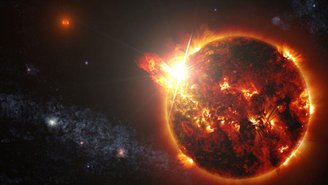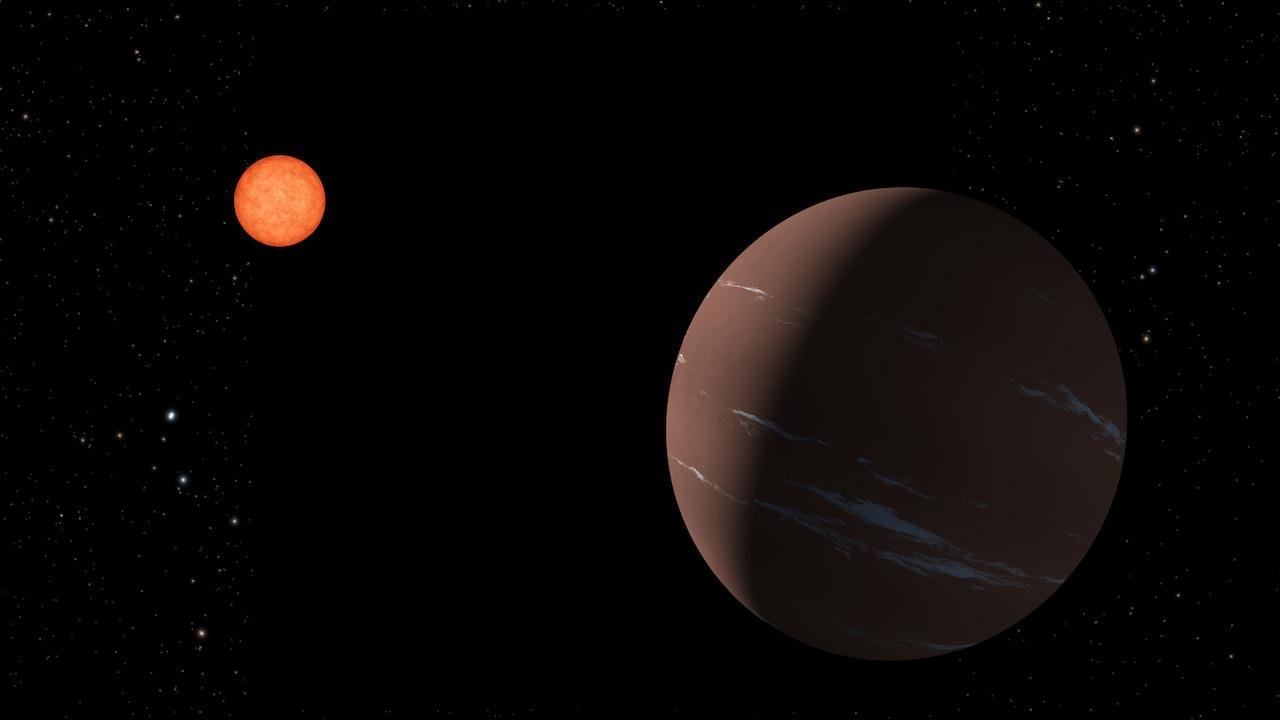Recent research published in the journal Monthly Notices of the Royal Astronomical Society reports the discovery of a probe-ready super-Earth orbiting a red dwarf star “only” 137 light-years from Earth. It was named TOI-715b, The planet is about 1.55 times our radius and is within the star’s habitable zone.
A second planet the same size as Earth was also observed in the same system; If confirmed, this would be the smallest habitable zone that NASA’s Transiting Exoplanet Survey Satellite (TESS) has found yet.
Study explains habitable zone is a hypothetical zone “The peristellar region where an Earth-like planet could harbor liquid water on its surface.”. In the case of the new planet, this concept can be applied because, although it has a narrow orbit of only 19 days, its star, TOI-715, is an intermediate red dwarf with a much weaker luminosity than our Sun.
A new era in the discovery of exoplanets in habitable zones
According to the article, the era of detailed exoplanet atmospheric characterization recently introduced by the James Webb Space Telescope (JWST) It allows astronomers to begin writing a new chapter in understanding these planets orbiting stars outside our solar system.
The new instruments at JWST allow not only to detect these distant worlds, but also to reveal some of their properties, such as the composition of their atmospheres. This is necessary to obtain signs indicating the existence of life.
Moreover, the primitive concept of “habitable zone” was transformed into the conservative concept of habitable zone (CHZ), starting from 2014. The designation refers to a particular star whose planet, like Earth, has a solar luminosity of between 0.42 and 0.842.
New super-Earth and star hope for habitable planets

It is slightly older than our Sun, at about 6.6 billion years old. According to the authors, the system consisting of TOI-715 and its super-Earth may represent: Your best bet for discovering habitable planets.
Because they are smaller and cooler, red dwarfs allow their planets to clump together and remain in the CHZ. This orbital closeness causes its “shadows” to pass across the surface of its star more frequently, making them more easily observable in space telescopes.
For further study, the planet TOI-715b awaits JWST to use its effective spectroscopy on water worlds. If the results support the habitability thesis, it will be possible to better understand the radius and density range of these exoplanets.
Stay up to date with the latest astronomy discoveries at TecMundo. If you wish, visit one of the largest planets in the universe.
Source: Tec Mundo
I’m Blaine Morgan, an experienced journalist and writer with over 8 years of experience in the tech industry. My expertise lies in writing about technology news and trends, covering everything from cutting-edge gadgets to emerging software developments. I’ve written for several leading publications including Gadget Onus where I am an author.












